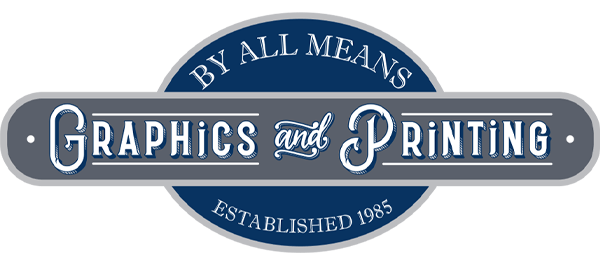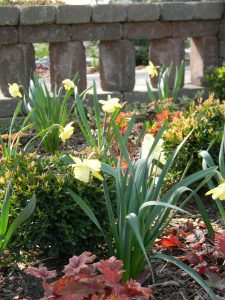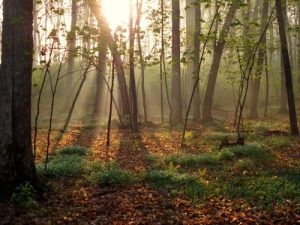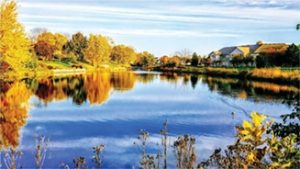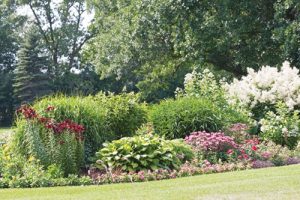By Ryan Clarey
We all know green is good, but do we really know why it is better?
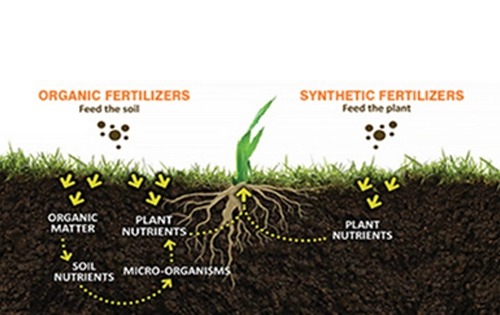
Synthetic (chemical) fertilizers are made from chemical processing that uses petroleum and other harmful chemicals. They are cheap, readily available, and do give your lawn the quick green up, however, in the long term they actually harm the ecosystem of the soil and create weaker and more shallow roots, making your lawn dependent on the next fertilizer application. The quick release of nitrogen with synthetic fertilizer can also easily “burn” your lawn. This creates a boom/bust situation where the microorganism population spikes, using up most of the nutrients it relies on, and then crashes when the food runs out. The result is poor soil structure and less organic matter in the soil, which creates a dependency on more watering and fertilizing. This results in runoff, which pollutes our waters. Your lawn becomes weak and thin, and that’s when the weeds come in.
Healthy soil leads to healthy lawns that out-compete the weeds. Organic fertilizer feeds the grass and the soil with a slower release of nitrogen and little chance of burn or runoff. This creates a sustainable ecosystem of grass that, when cut and mulched, feeds the micro-organisms that repair the soil structure and the nutrients that the lawn uses. Organic fertilizer is just one very important step in a seven-step organic lawn care plan:
1. Corn gluten application (late March-early April)
2. Bio-remediation mix application (early-mid May)
3. Spring organic fertilizer application 8-2-4 (mid-late May)
4. Spot spray with natural based herbicide, i.e. Tenacity (May and July)
5. Summer organic fertilizer application 8-2-4 (late June-early July)
6. Humic DG application (July)
7. Fall/winterizer organic fertilizer application 8-2-4
Other best practices to achieve healthy organic lawns:
Dethatching to remove excess thatch buildup
(late March-early April)
C20 Application to feed micro-organisms in the soil, natural aeration, nutrient fixing
Overseeding to build a thicker lawn to out-compete the weeds (late August)
Mow Higher! 3” or higher spring and fall and 4” or higher in the summer
Mulching Grass Clippings recycling nutrients, repairing the soil with humus (a dark, organic material that forms in soil when plant and animal matter decays)
Soil Testing checking the current nutrient levels and micro-organism population
Core Aeration adds air to the soil, good for root development
Mulching Leaves in the fall healthy soil needs food!
Ryan Clarey, owner of Landscape Dreams can be reached at 763-200-1130 or ryan@landscapedreamsmn.com.

